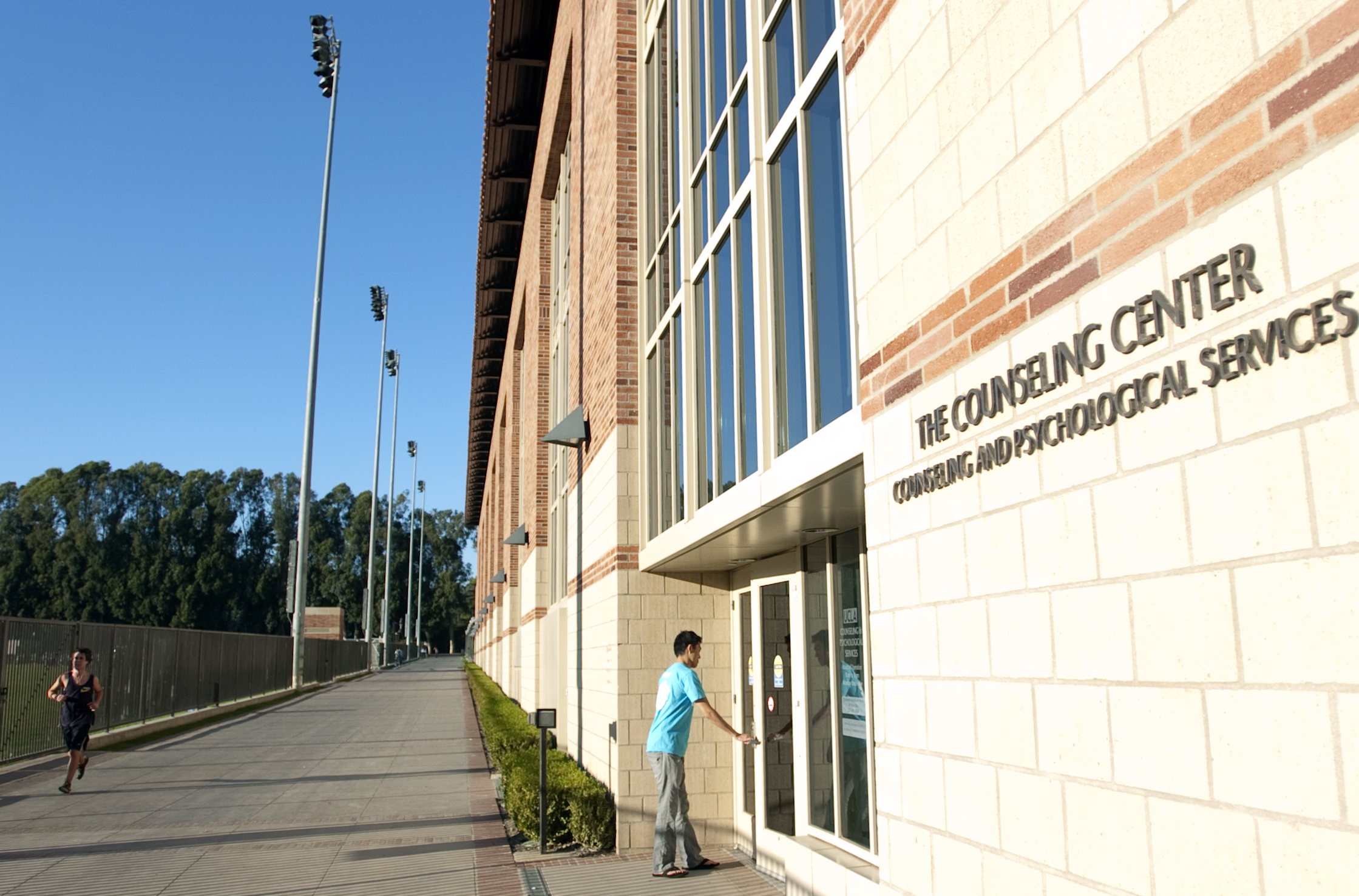For those overwhelmed by the stress and anxiety of this routine, the Counseling Center of UCLA’s Counseling and Psychological Services offers services to help.
Author Archives: Alex Chen
Psychology Professor Edward Geiselman researches new methods of training individuals to recognize indicators of deception
It is the nervous tick that tips off the detective to the lie.
Research psychologist Lobsang Rapgay applies his experience as former Buddhist monk to his work in cognitive science
Lobsang Rapgay retained his monastic vows as a Buddhist monk until 1998, leaving to pursue his career in psychology.
Though he left his religious studies for a career in medical science, Rapgay’s work is still influenced by his Buddhist background.
The research psychologist and director of the Clinical Training program for Mental Health Professionals at the UCLA Semel Institute presented his work at Monday afternoon’s symposium on the connection between neuroscience and Buddhism.
Rapgay’s story began in 1959 when Tibetan rebel forces began to clash with Mao Zedong’s occupying Chinese army.
Rapgay, then only 4 years old, fled Tibet with his family on a seven-day trek through the Himalayas and escaped to India, settling in what would become the home-in-exile of His Holiness the Dalai Lama: Dharamsala.
There, Rapgay attended Catholic boarding school, developing a strong interest in medicine and psychology.
But even in a foreign land pressured by Western influences, his ties to Tibet remained strong.
Research reveals that weight loss and a healthy lifestyle improve memory
Psychologists from Kent State University and other institutions around the U.S. have discovered a link between drastic weight loss from surgery and improved memory and concentration in patients.
KIM-CHI, a research project created by UCLA Associate Professor Eunice Lee, aims to educate Korean immigrants about mammography screenings
To promote a more healthy lifestyle, Eunice Lee is introducing Korean Americans to KIM–CHI.
Three California ecosystems ranked in top 10 most endangered habitats
California recently garnered some unwanted recognition, as three regions within the state ranked in the nation’s top 10 most endangered habitats.
Students help detect stroke victims
As possible stroke victims enter the emergency room of the busy Ronald Reagan UCLA Medical Center, they are met by undergraduate UCLA students trained in detecting the symptoms of the condition.
The Student Stroke Team, formed in 1992 by UCLA neurologist Dr. Sidney Starkman, is one of the only programs of its kind in the United States.
It gives UCLA undergraduates an important role in helping detect stroke victims, said Marissa Campbell, a fourth-year physiological sciences student and Student Stroke Team coordinator.
The student team is critical in this early detection process because like a heart attack, treatments for stroke patients are time-dependent, Campbell said.
Searching for hallmark symptoms, such as headaches, the inability to communicate and unresponsiveness on certain sides of the body, members of the student group work in the emergency room to screen incoming patients.
Once a suspected stroke victim has been identified, Student Stroke Team members immediately notify Starkman, who confirms the diagnosis and immediately notifies the UCLA Medical Center’s neurologists.
Strokes are caused by the interruption of blood flow to parts of the brain.


